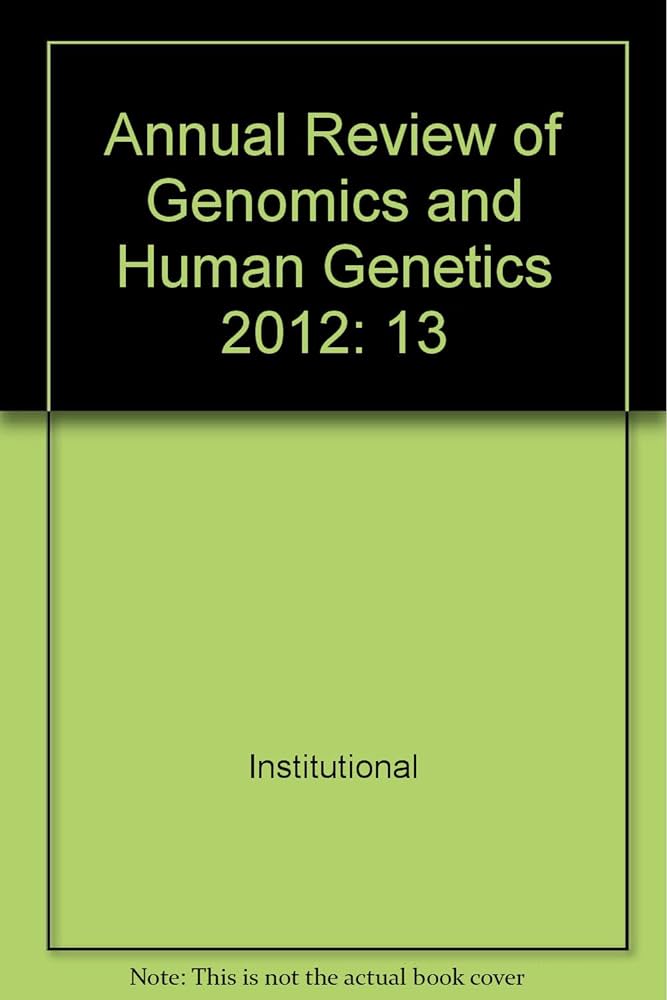Beyond the Human Genome Project: The Age of Complete Human Genome Sequences and Pangenome References.
IF 7.7
2区 生物学
Q1 GENETICS & HEREDITY
Annual review of genomics and human genetics
Pub Date : 2024-04-25
DOI:10.1146/annurev-genom-021623-081639
引用次数: 0
Abstract
The Human Genome Project was an enormous accomplishment, providing a foundation for countless explorations into the genetics and genomics of the human species. Yet for many years, the human genome reference sequence remained incomplete and lacked representation of human genetic diversity. Recently, two major advances have emerged to address these shortcomings: complete gap-free human genome sequences, such as the one developed by the Telomere-to-Telomere Consortium, and high-quality pangenomes, such as the one developed by the Human Pangenome Reference Consortium. Facilitated by advances in long-read DNA sequencing and genome assembly algorithms, complete human genome sequences resolve regions that have been historically difficult to sequence, including centromeres, telomeres, and segmental duplications. In parallel, pangenomes capture the extensive genetic diversity across populations worldwide. Together, these advances usher in a new era of genomics research, enhancing the accuracy of genomic analysis, paving the path for precision medicine, and contributing to deeper insights into human biology.超越人类基因组计划:完整人类基因组序列和 Pangenome 参考文献的时代。
人类基因组计划是一项巨大的成就,为人类遗传学和基因组学的无数探索奠定了基础。然而,多年来,人类基因组参考序列仍不完整,缺乏对人类遗传多样性的代表性。最近,为解决这些缺陷,出现了两大进展:完整的无间隙人类基因组序列,如 "端粒到端粒联盟"(Telomere-to-Telomere Consortium)开发的序列;高质量的泛基因组,如 "人类泛基因组参考联盟"(Human Pangenome Reference Consortium)开发的序列。在长线程DNA测序和基因组组装算法进步的推动下,完整的人类基因组序列解决了历来难以测序的区域,包括中心粒、端粒和节段重复。与此同时,泛基因组也捕捉到了世界各地人群中广泛的遗传多样性。这些进展共同开创了基因组研究的新时代,提高了基因组分析的准确性,为精准医疗铺平了道路,并有助于深入了解人类生物学。
本文章由计算机程序翻译,如有差异,请以英文原文为准。
求助全文
约1分钟内获得全文
求助全文
来源期刊
CiteScore
14.90
自引率
1.10%
发文量
29
期刊介绍:
Since its inception in 2000, the Annual Review of Genomics and Human Genetics has been dedicated to showcasing significant developments in genomics as they pertain to human genetics and the human genome. The journal emphasizes genomic technology, genome structure and function, genetic modification, human variation and population genetics, human evolution, and various aspects of human genetic diseases, including individualized medicine.

 求助内容:
求助内容: 应助结果提醒方式:
应助结果提醒方式:


